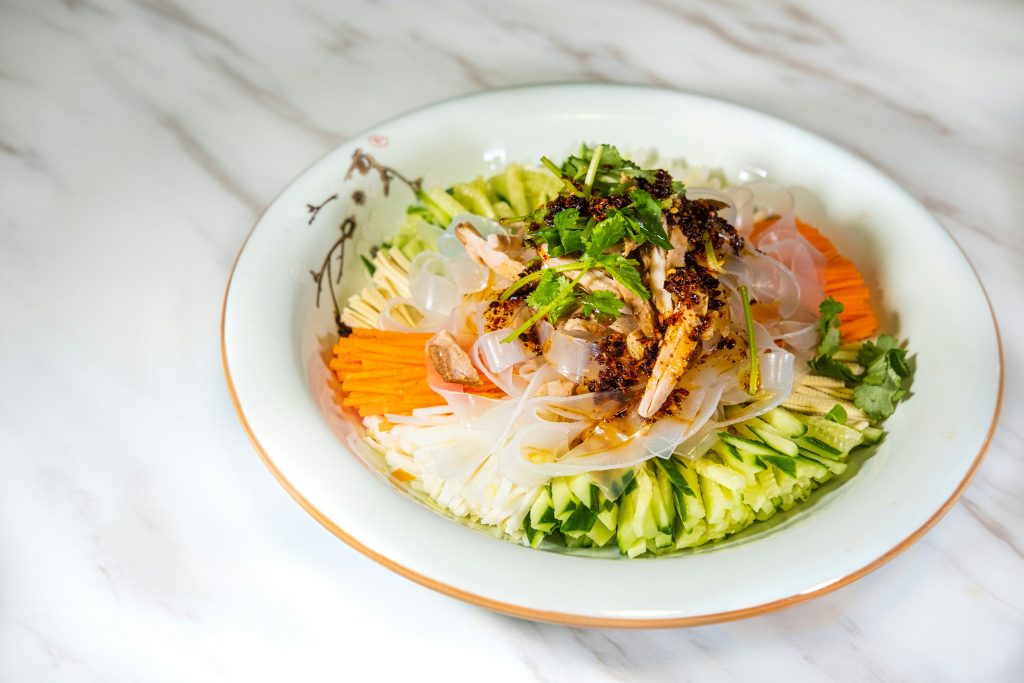The ketogenic diet, or keto, is a high-fat, low-carbohydrate eating plan designed to shift the body’s metabolism from burning glucose to burning fat. This metabolic state, known as ketosis, occurs when carbohydrate intake is drastically reduced, prompting the liver to convert fat into ketones, an alternative energy source. Typically, a ketogenic diet’s macronutrient breakdown consists of about 70–75% fats, 20–25% protein, and just 5–10% carbohydrates.
Beyond aiding in weight loss, the ketogenic diet has been linked to benefits such as improved mental clarity and reduced inflammation. Initially developed in the early 20th century to treat epilepsy, keto has gained widespread popularity for its effectiveness in weight management and overall wellness.
Though the diet’s high fat intake may seem counterintuitive in a culture wary of fats, proponents emphasize that consuming healthy fats is vital for bodily functions and can promote sustainable weight loss when done mindfully.
Key Components of a Keto-Friendly Meal
A keto-friendly meal is defined by its specific macronutrient composition: high in fat, moderate in protein, and very low in carbohydrates. Crafting such meals involves focusing on healthy fats, moderate protein sources, and non-starchy vegetables. For example, a typical keto meal might feature grilled salmon drizzled with olive oil, served alongside sautéed spinach and fresh avocado.
This approach not only aligns with keto macronutrient targets but also ensures a nutrient-dense meal rich in vitamins and minerals. Equally important is ingredient quality. Whole, unprocessed foods are preferred over packaged products that may contain hidden sugars and unhealthy additives.
By prioritizing fresh produce, high-quality meats, and healthy fats, individuals can create meals that are not only keto-compliant but also nourishing and satisfying.
Choosing the Right Ingredients
Selecting the right ingredients is crucial for successful keto meal planning. Focus on whole foods naturally low in carbohydrates. Leafy greens like spinach, kale, and arugula are ideal for salads and sides, while cruciferous vegetables such as broccoli and cauliflower can stand in for carb-heavy staples like rice and pasta.
These vegetables are low in carbs and high in fiber, supporting digestion and helping maintain satiety. Incorporating them into keto recipes like zucchini noodles with pesto or a spinach and cheese casserole can make meals more enjoyable. Protein choices should also be deliberate: fatty cuts of meat, such as ribeye steak or chicken thighs, are better suited to keto than leaner options. Fatty fish like salmon and mackerel deliver both protein and beneficial omega-3 fatty acids and work perfectly in keto dishes like baked salmon with creamy dill sauce or mackerel salad wraps.
Dairy products like cheese and heavy cream can boost fat intake while enhancing flavor. It’s essential to read labels carefully to avoid hidden sugars and starches that could impede ketosis.
Balancing Macronutrients
According to research, maintaining the correct macronutrient balance is key to staying in ketosis and maximizing the diet’s benefits. A standard keto meal should aim for approximately 70–75% fats, 20–25% protein, and 5–10% carbohydrates. Tools like food scales and nutrition-tracking apps can help measure portions accurately.
For instance, a plate of grilled chicken breast topped with creamy avocado sauce and a side of steamed broccoli can achieve the ideal macronutrient ratio when properly portioned. Understanding each macronutrient’s role is vital: fats serve as the primary energy source, proteins support muscle maintenance, and carbohydrates—sourced mainly from non-starchy vegetables—ensure sufficient fiber intake.
By mastering this balance, individuals can enjoy a variety of satisfying meals while adhering to keto guidelines.
Avoiding High-Carb Foods
To maintain ketosis, it’s critical to avoid high-carb foods that can disrupt this metabolic state. Grains like wheat, rice, and oats, along with starchy vegetables such as potatoes and corn, should be eliminated. Sugary foods and drinks are also significant carbohydrate sources and must be avoided—not just obvious sweets like candy and pastries, but also hidden sugars in sauces, dressings, and processed snacks.
Instead, opt for low-carb substitutes: cauliflower can be transformed into rice or pizza crusts, while almond flour is an excellent replacement for wheat flour in baking. By staying vigilant about carbohydrate sources and making smart substitutions, individuals can enjoy satisfying meals without straying from their dietary goals.
Incorporating Healthy Fats
Healthy fats are the cornerstone of the ketogenic diet and should feature in every meal to sustain energy levels and promote satiety. Excellent sources include avocados, nuts and seeds, olive oil, coconut oil, and fatty fish. These fats not only provide essential fatty acids but also enhance flavor and texture.
For example, drizzling olive oil over roasted vegetables or adding avocado slices to a salad can elevate both the taste and nutritional value of a meal. Moreover, healthy fats facilitate the absorption of fat-soluble vitamins like A, D, E, and K, making them indispensable for overall health.
Including a variety of healthy fats ensures meals are flavorful, nutritious, and aligned with keto principles.
Tips for Creating Delicious Keto-Friendly Meals
Crafting tasty keto-friendly meals doesn’t have to be complicated. With a bit of creativity and planning, it’s easy to enjoy a wide array of delicious dishes. Using fresh herbs and spices is an excellent way to add depth of flavor without increasing carbohydrate content. Herbs like basil, cilantro, and parsley can enhance simple meals and provide additional nutrients.
Meal prepping can be a game-changer, helping busy individuals maintain consistency. Preparing proteins in bulk or pre-chopping vegetables can streamline weekday cooking. Exploring cuisines naturally aligned with keto, such as Mediterranean diets rich in olive oil and fresh vegetables, can also keep meals exciting.
Ultimately, understanding what makes a meal keto-friendly involves mastering macronutrient balance, choosing the right ingredients, and employing creative cooking techniques. By focusing on whole foods rich in healthy fats and avoiding high-carb pitfalls, individuals can navigate the ketogenic lifestyle with confidence and enjoyment.

